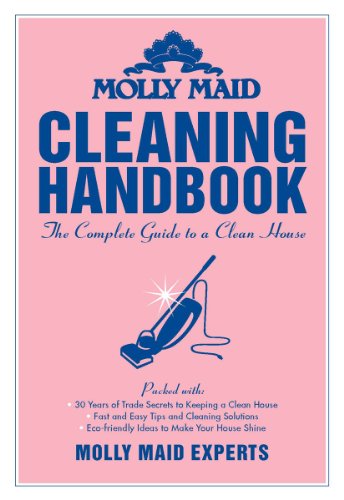
Get a Better Burn with a Little Candle Know-how
Let’s be honest, nothing better sets the mood than a flickering candle or two. It warms the soul whether you’re curled up on the couch with a good book and a cup of hot cocoa, snuggled in for a family movie marathon on a Sunday afternoon, or hosting an intimate dinner for two. But there’s more to lighting a candle than simply setting it alight. Here are a few tips from Candles.org to help you burn candles like a pro and extend the life of your favourites.
Trim the Wick
Before you light a candle, always trim the wick to ¼ inch. Wicks that are left long or crooked can cause uneven burning, dripping, flaring and sooting. Trimming wicks will help prolong the life of your candle. In fact, if you trim the wick every couple of hours, your candles will burn up to 25% longer.
The First Burn is the Most Important
If a candle is not burned long enough to allow the wax to liquefy or to melt from edge to edge of the container the first time it’s lit, it will create a memory ring. And once a candle has a memory ring, it will continue to tunnel down that memory ring for the life of the candle. Candles should burn one hour for every inch in diameter of the actual candle size.
Don’t Over Burn Your Candle
Burning a candle for too long will cause carbon to collect on the wick, leading it to mushroom. The wick will become unstable and produce a dangerously large flame, which will cause your candle to smoke and release soot. In general, it’s recommended that candles don’t burn for longer than 4 hours and cool for at least 2 hours before relighting.
Avoid a Draft
When burning a candle, it’s a good idea to stay clear of fans, air conditioners, open windows or crowded areas with people walking to and fro. Moving air can disturb the flame, resulting in pesky black marks on the glass.
Pro Tip
Scented candles have a life span of 6 to 12 months, depending on the scent. If you enjoy scented candles, then use and replace them often to avoid deterioration in appearance and performance.

